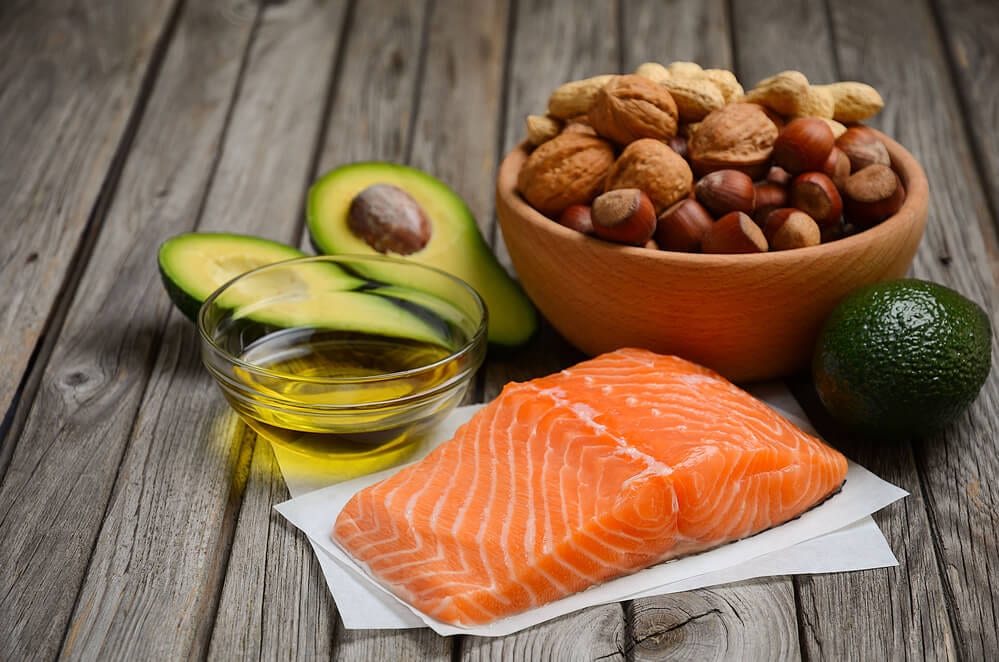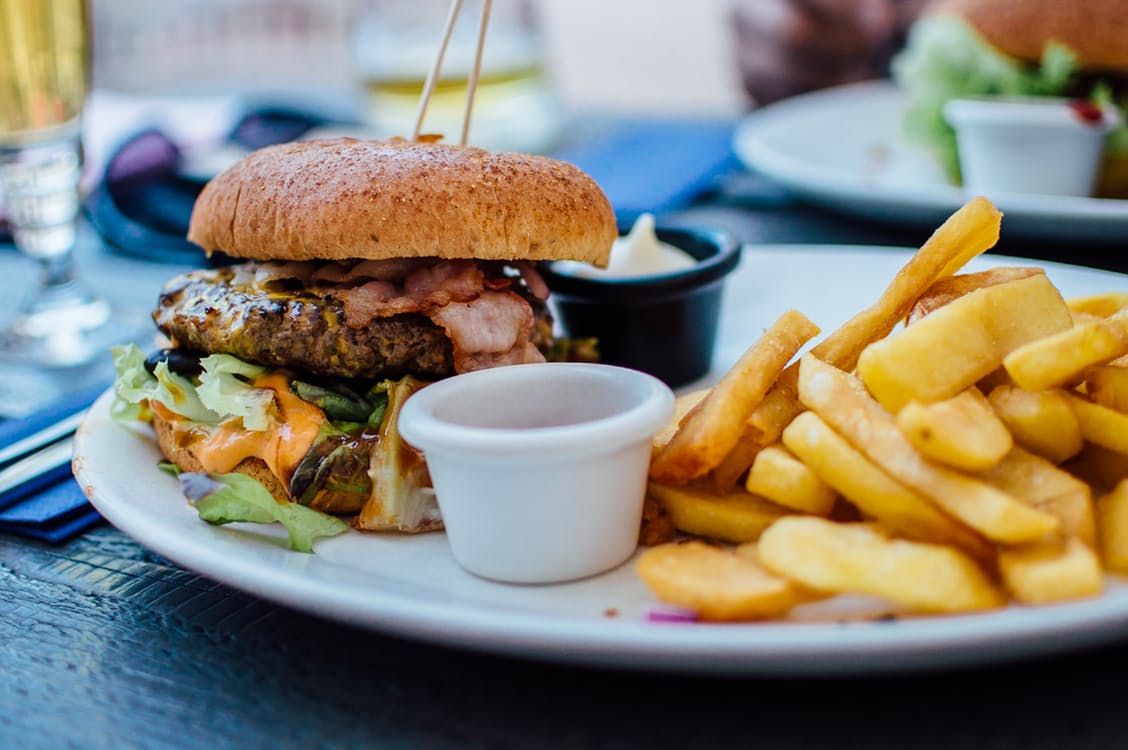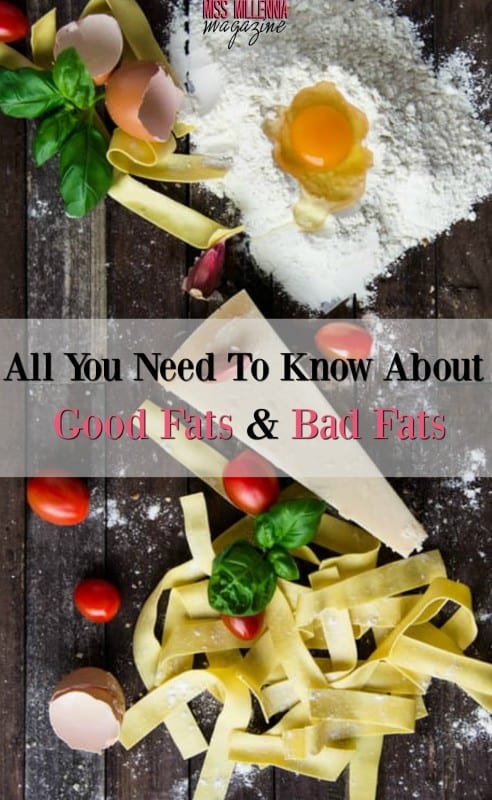All You Need To Know About Good Fats & Bad Fats
“Fats” is a four-letter word to a lot of people. During the super-low-fat diet craze of the eighties, many erroneously concluded that all fat should be avoided. Now, research shows that not all fats are created equal.
There’s a definite difference between good fats & bad fats that more people should be aware of if they want to embark on a new healthy lifestyle. They are significant to achieving a perfectly balanced diet and food pallet that will encourage you will have a long and happy life.
The Good
Good fats are generally thought to include mono- and polyunsaturated fats. These lipids can contribute to heart health, decreasing the risk of a coronary attack or stroke (especially when used in place of saturated or trans fats). Unsaturated fats are good sources of the antioxidant vitamin E and essential fatty acids, like omega-3 and omega-9.
Some people have to follow a special diet low in easily fermentable carbohydrates, called FODMAPs. The FODMAP diet represents an effective treatment for people with susceptible symptoms of IBS (Irritable Bowel Syndrome).
FODMAPS can be found in almost every meal we eat. It is an abbreviation that refers to Fermentable, Oligosaccharides, Disaccharides, Monosaccharides and Polyols. People restricted to eating low FODMAP foods can get unsaturated fats from:
- Nuts
- Nut butters
- Olive oil
- Sesame seed oil
- Peanut oil
The Bad
Bad fats include saturated and trans fats. These are solid at room temperature, and overconsumption (particularly of trans fats) can contribute to an increased risk of heart disease. The research is still controversial. There’s reason to believe that saturated fats might not be all bad, but most guidelines for a heart-healthy diet recommend replacing sources of saturated or trans fat with unsaturated fats.
Trans fat is very uncommon in nature, but can be found in hydrogenated oils, packaged snacks, and fried foods. Saturated fat is relatively common, and naturally present in:
- Coconut oil
- Palm oil
- Full-fat dairy
- (Processed) Meat
- Butter
- Baking chocolate
- Goat’s Cheese
- Fish Oils
- Whipping Cream
- Nuts
Saturated fats have different properties and characteristics. Some of them are healthy, others are less beneficial. It has been stipulated that saturated fats can increase the risk of heart disease, stroke and even cancer.
Despite the fact that this information has not been yet validated, it doesn’t hurt to try to limit our intake of saturated fats. No one says we should eliminate them completely, but reducing their intake wouldn’t hurt.
The Ugly
When people think of a heart-healthy diet, they generally think of it in terms of reducing cholesterol. While consumption of dietary cholesterol hasn’t been shown to elevate the risk of coronary heart disease, a diet high in bad fats has been linked to low levels of HDL (“good”) and high levels of LDL (“bad”) cholesterol. Diets with an unbalanced ratio of good fats & bad fats have also been found to promote inflammation in the body, increasing the risk of diseases like cancer.
The average man is advised to eat 30g or less of saturated fat a day, and the average women – 20g or less.
Bringing Fats Back Into Balance
The most important thing to bring good and bad fats into balance is to eliminate sources of trans fats. This may entail eating out less often, avoiding prepackaged snacks, and cooking at home whenever possible. Replacing butter, margarine, coconut oil, or palm oil used during cooking with unsaturated fats like olive oil may help improve HDL and LDL cholesterol ratios in people who are sensitive to bad fats.
Like any other attempt to become healthier, consuming more good fats is all about making lifestyle changes that will stick, not embarking on a new, restrictive diet. Find ways to include more unsaturated fats in your favorite food and cut back on calories in other areas to avoid weight gain.
So, it’s never about eating just one type of fat, but balancing them in order to both keep healthy and satisfy your taste buds.
The Impact of Fiber
Oddly enough, eating the right fat and avoiding the wrong fat alone might not be enough to ensure good cardiovascular health. In a long-term nutrition study, researchers concluded that the number one predictor of good health into old age was fiber intake.
Fiber helps shuttle toxic waste products out of the body and also keeps cholesterol levels in check. The right balance of good versus bad fats and a high fiber intake may be the best way to stay healthy.
Heart disease is the number one killer in developed nations. This is largely due to the abundance of convenience foods with high levels of bad fats. Eating a fresh, varied diet with enough fiber and a good balance of good fats & bad fats is crucial to staying preventing diseases like heart disease and stroke.











